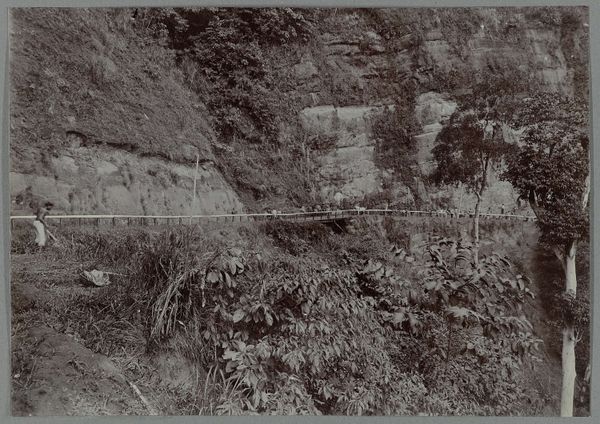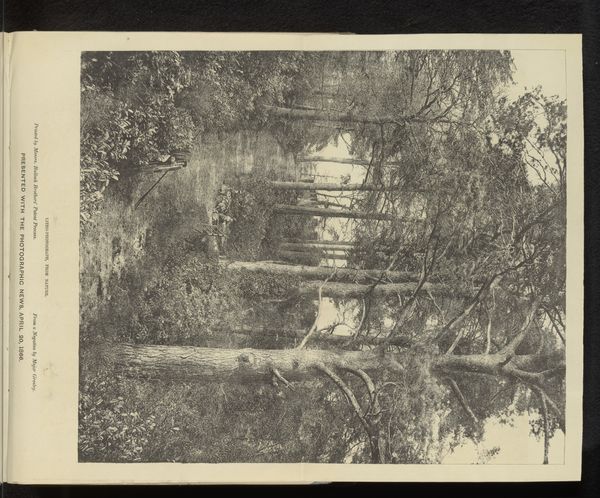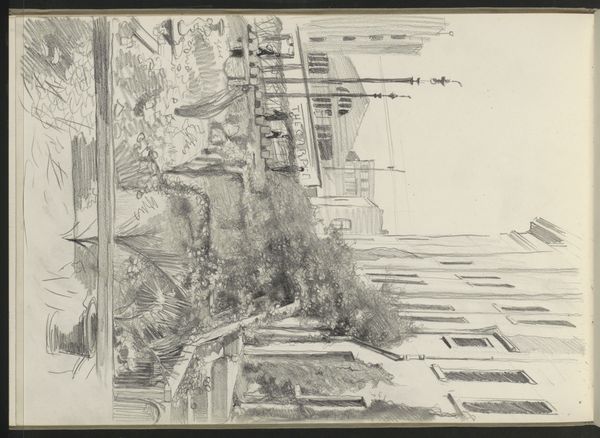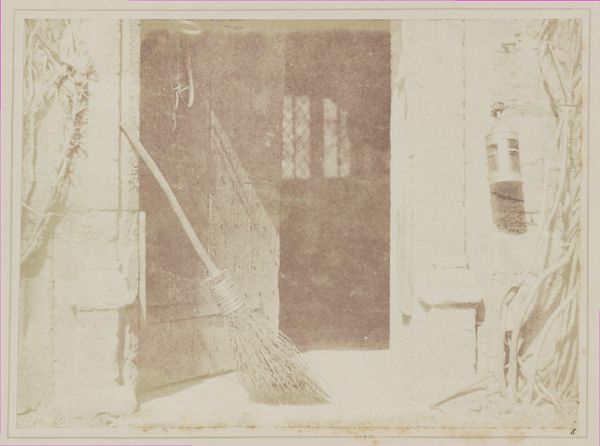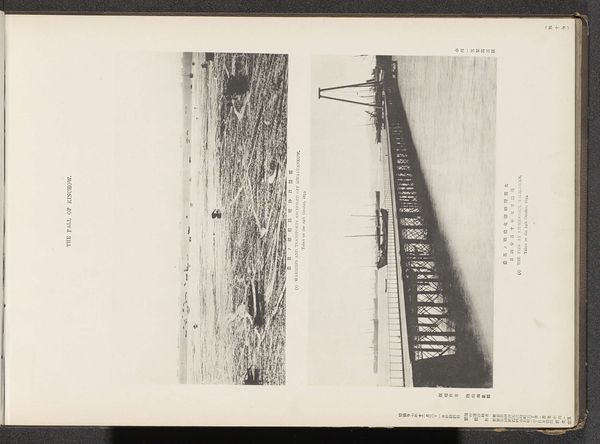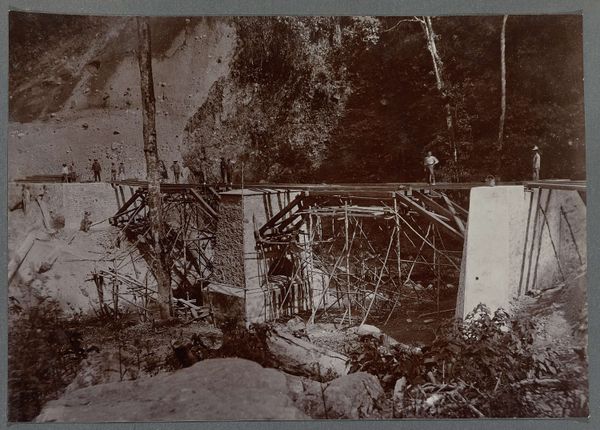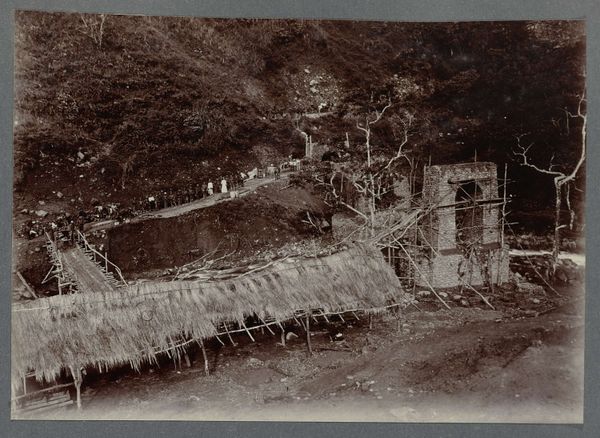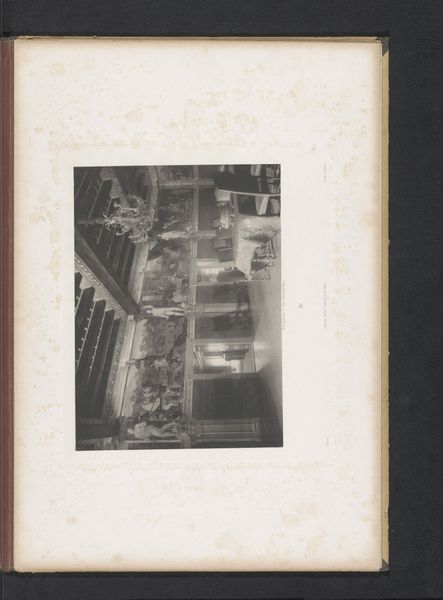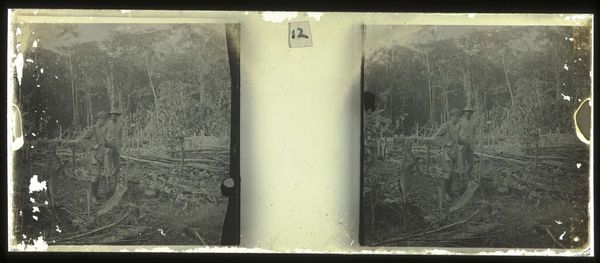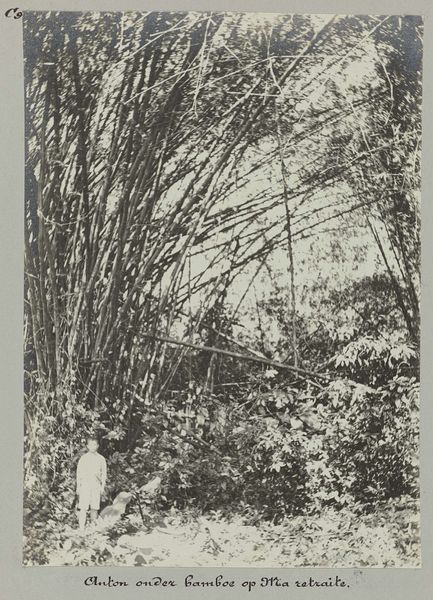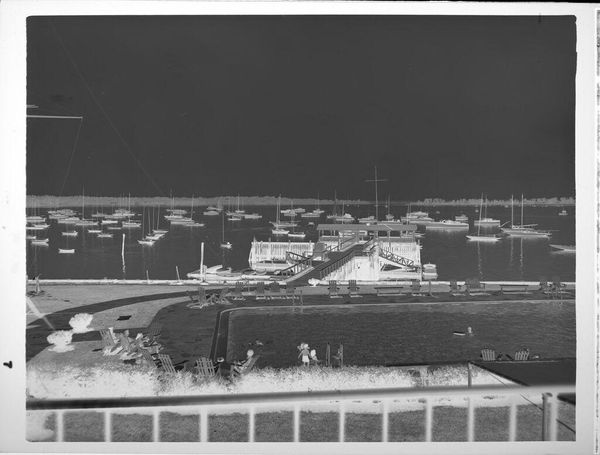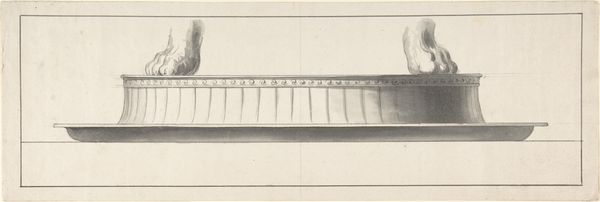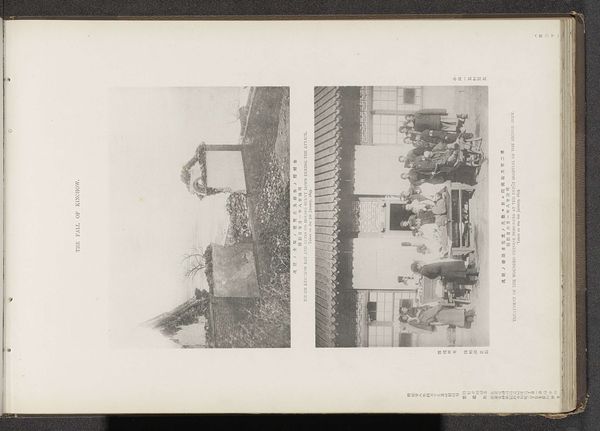
print, etching
# print
#
etching
#
landscape
#
figuration
#
cityscape
#
modernism
#
realism
Dimensions: plate: 44.7 x 60.7 cm (17 5/8 x 23 7/8 in.) sheet: 53.5 x 69.3 cm (21 1/16 x 27 5/16 in.)
Copyright: National Gallery of Art: CC0 1.0
Editor: So, here we have Peter Milton’s 1968 etching, "Free Fall." It feels very…disorienting, almost like a dream. The perspective is strange, and there's this mix of detailed architecture with hazy, undefined spaces. What strikes you most about this work? Curator: The fragmentation, definitely. Milton uses the cityscape – the architecture, the figures – as a stage to explore themes of memory and displacement, which resonate powerfully in the late 60s amidst social upheaval and the anxieties of the Cold War. It’s interesting how he disrupts traditional perspectives. What do you make of the figures on the bridge, almost detached from the seemingly free-falling child above? Editor: I hadn’t considered that connection before! The child seems so carefree, in contrast to the rigid formation of people on the bridge. Could this be a comment on social conformity versus individual freedom? Curator: Precisely! And consider the etching medium itself. It's a process of controlled destruction and reconstruction, mirroring perhaps the artist's own interrogation of societal structures. The precise lines create a sense of order, yet they fail to contain the overall feeling of unease and disintegration. How does that make you think about realism and modernism present in this work? Editor: It's like Milton is playing with our expectations of realism. He presents recognizable scenes, but distorts them to create a psychological space that feels distinctly modern. The blending of figures and landscape produces an uneasy reality that has the potential to evoke distinct ideas for diverse observers. Curator: Exactly. Ultimately, “Free Fall” encourages us to question what’s real and what’s constructed, not just in the artwork, but in the broader social and political landscapes that shape our perceptions. Editor: I hadn't considered those socio-political dimensions of the work at first. Thank you for pointing them out and prompting me to look at it in a different way. Curator: Absolutely, looking at it through that lens allows a broader awareness and interpretation of Milton's ideas!
Comments
No comments
Be the first to comment and join the conversation on the ultimate creative platform.

